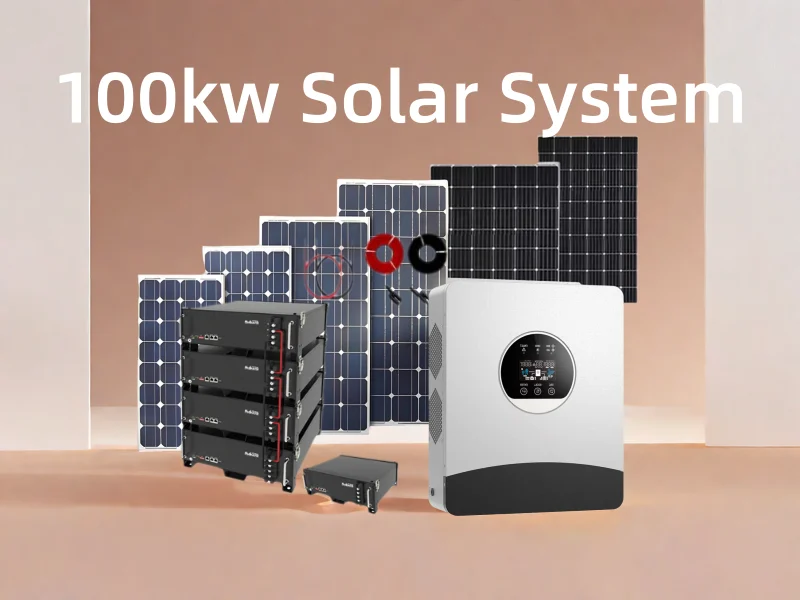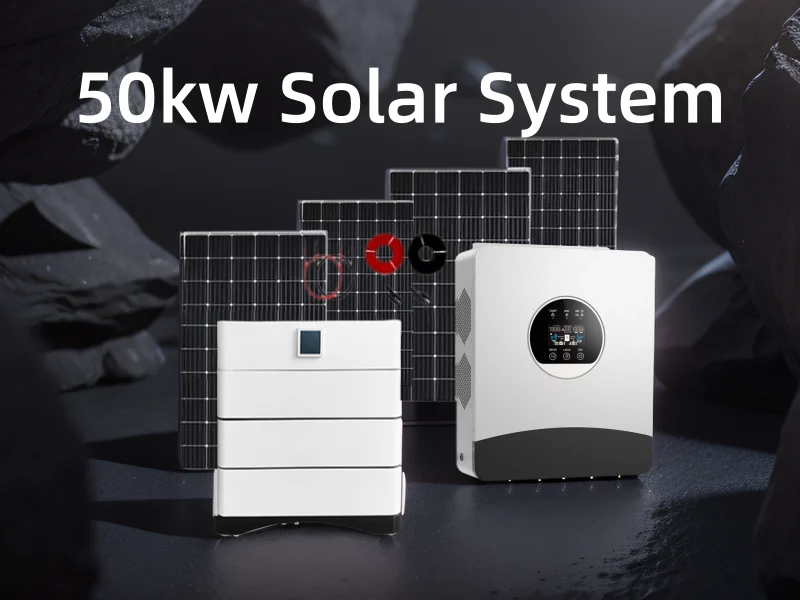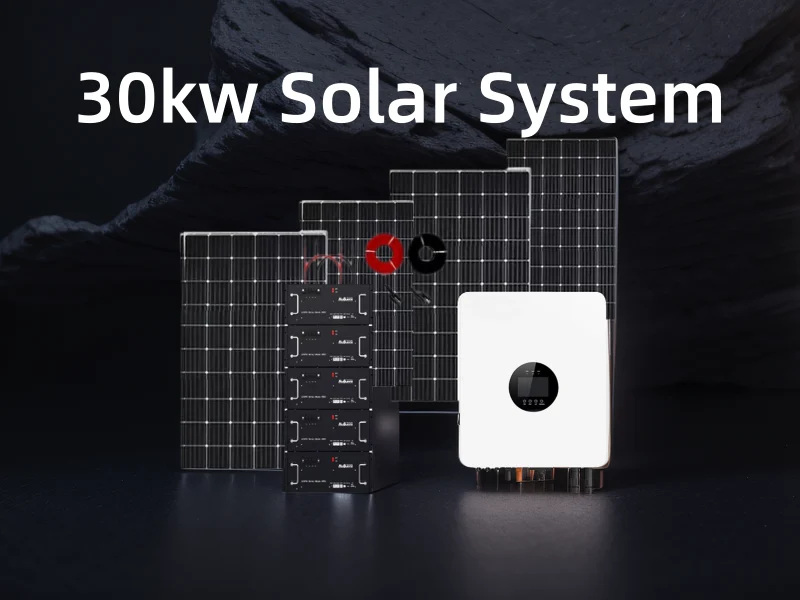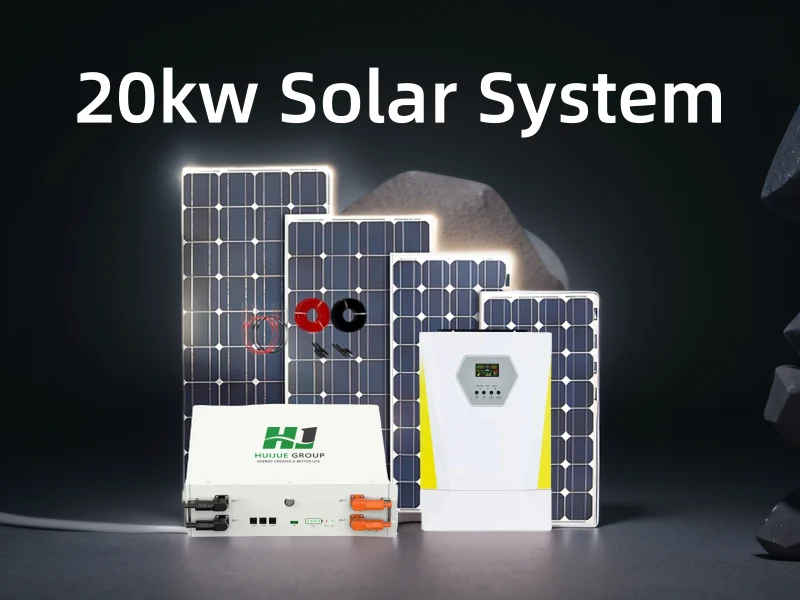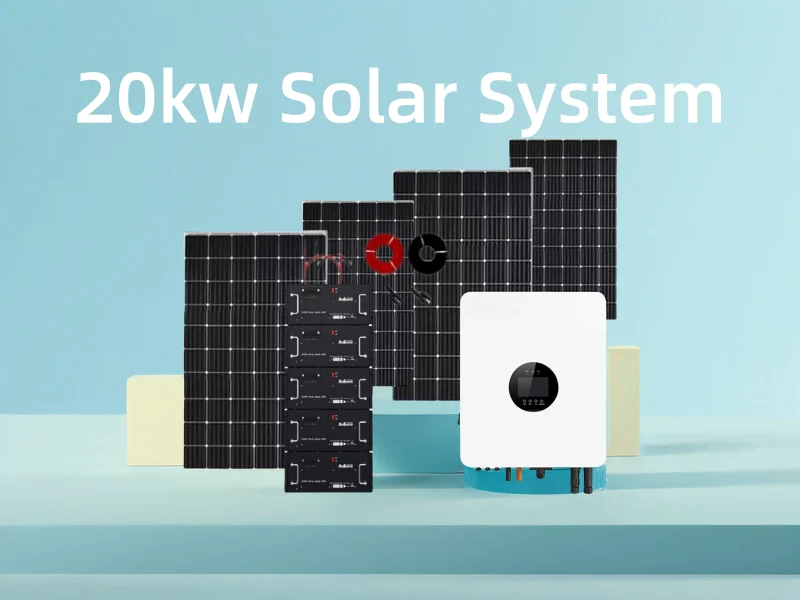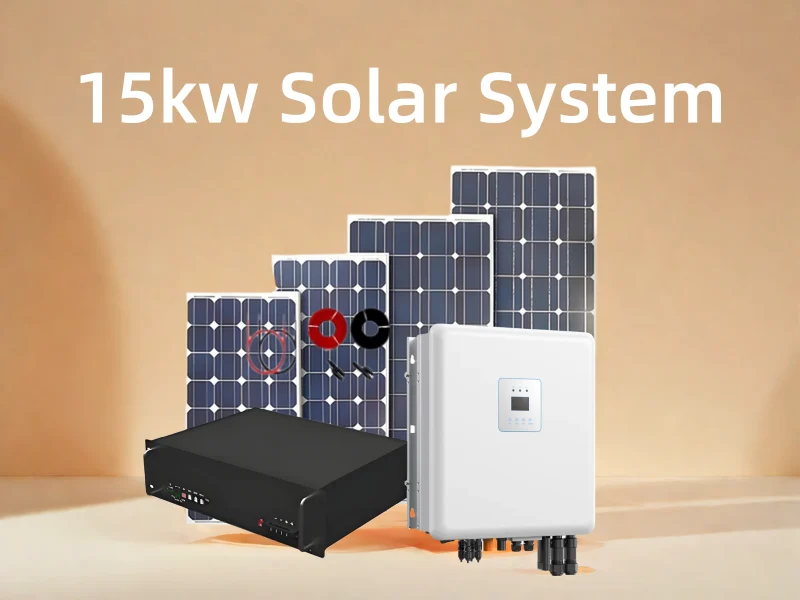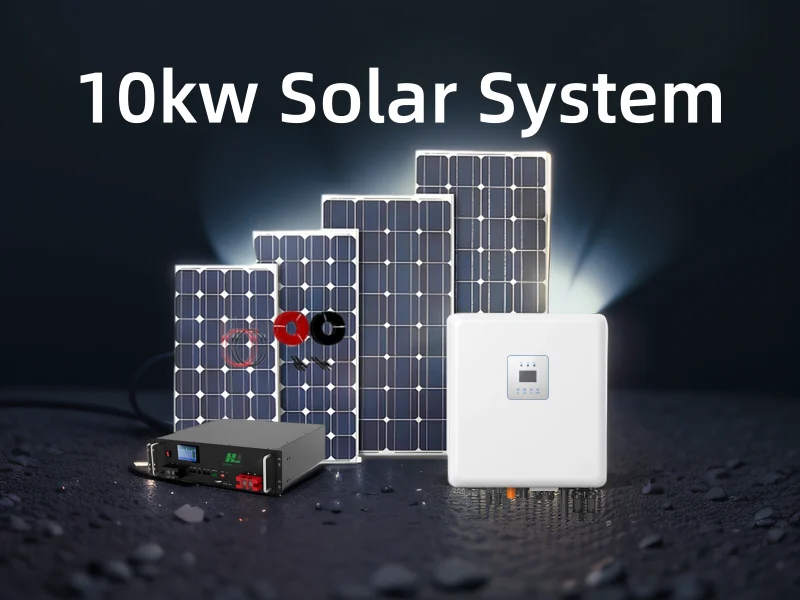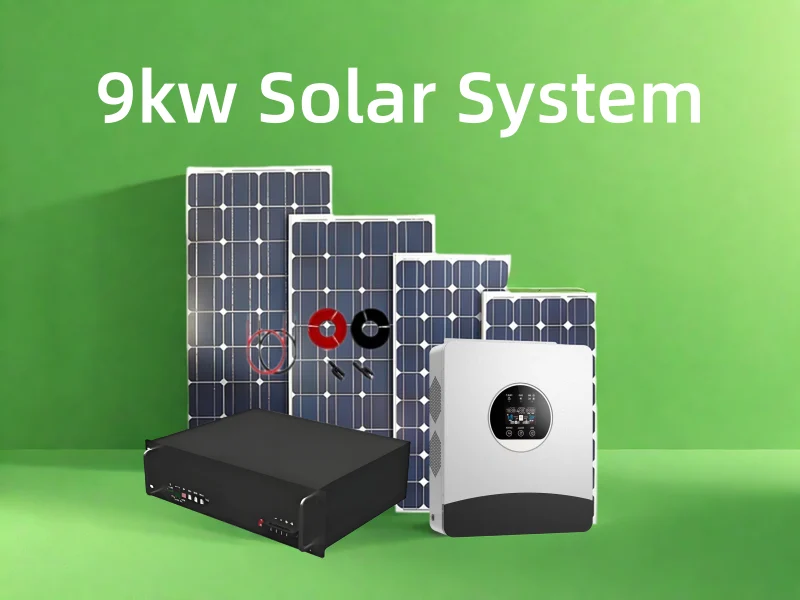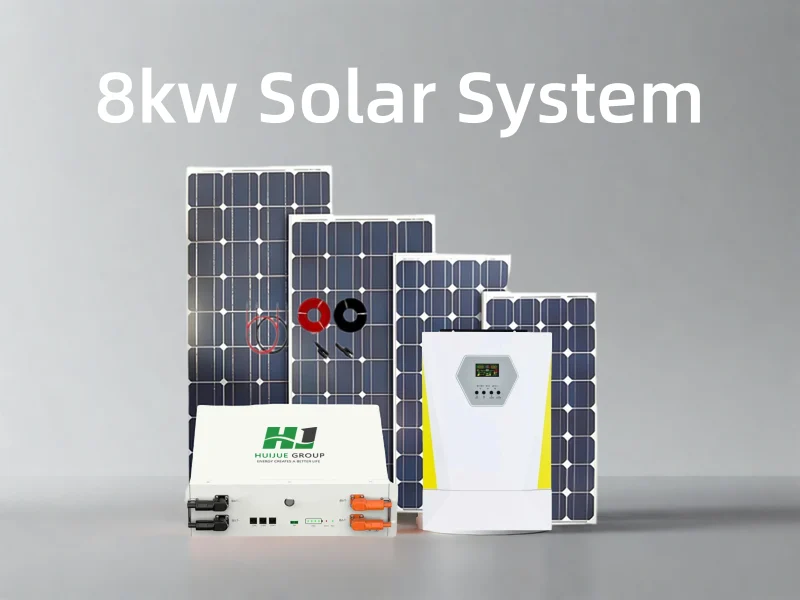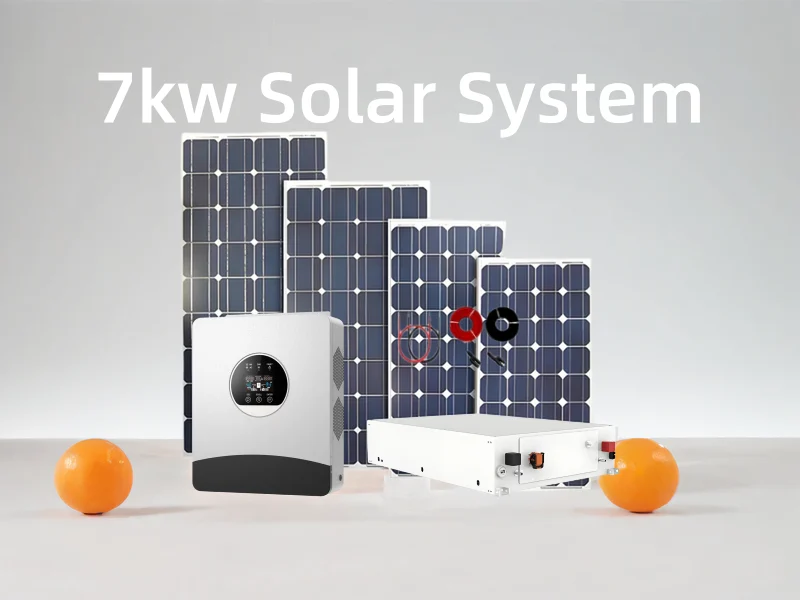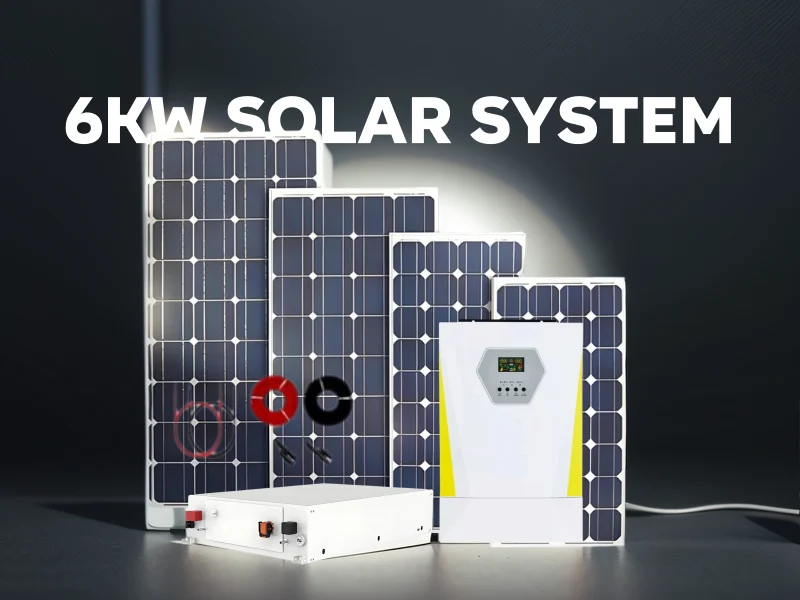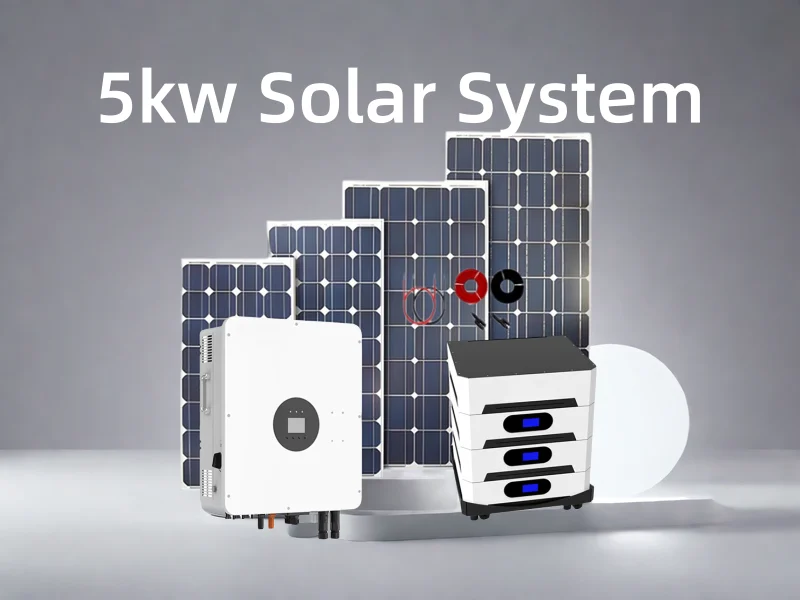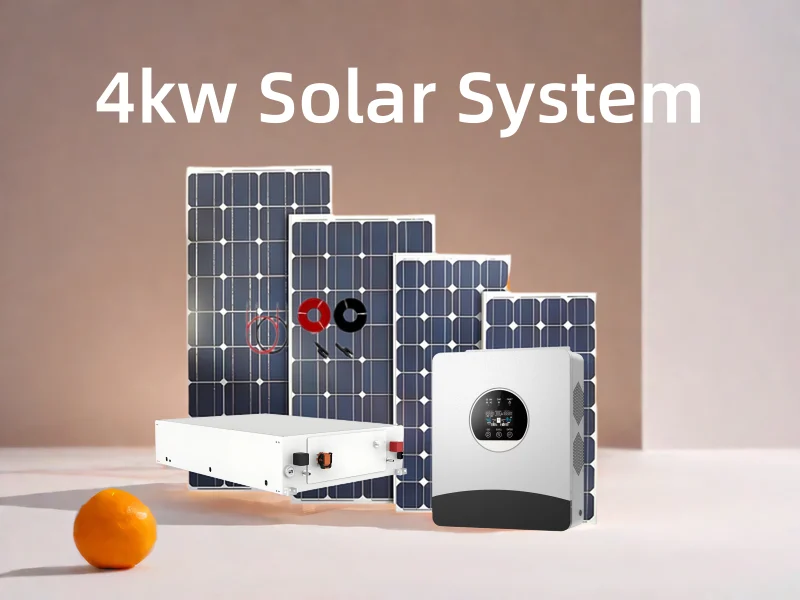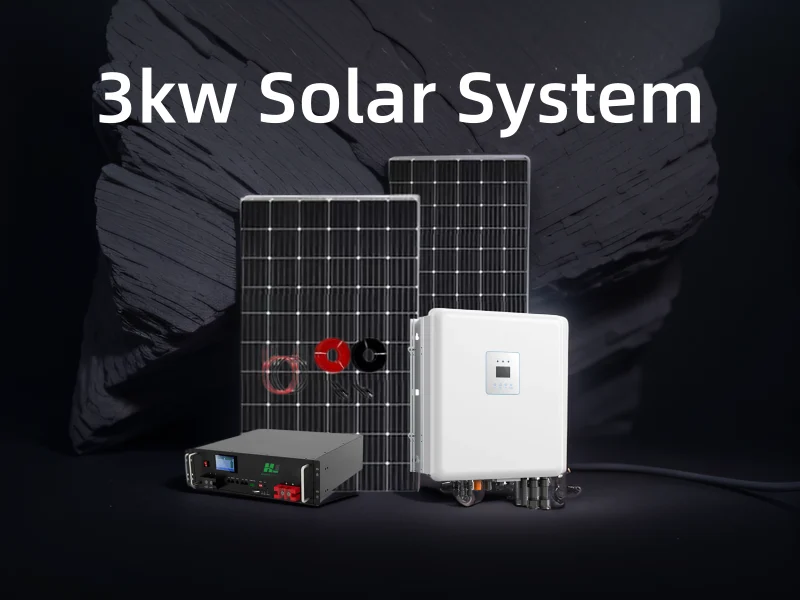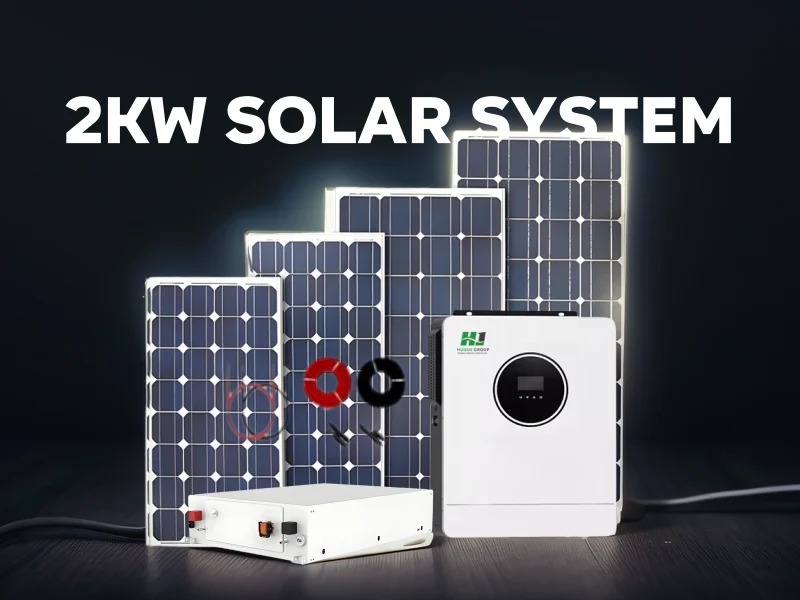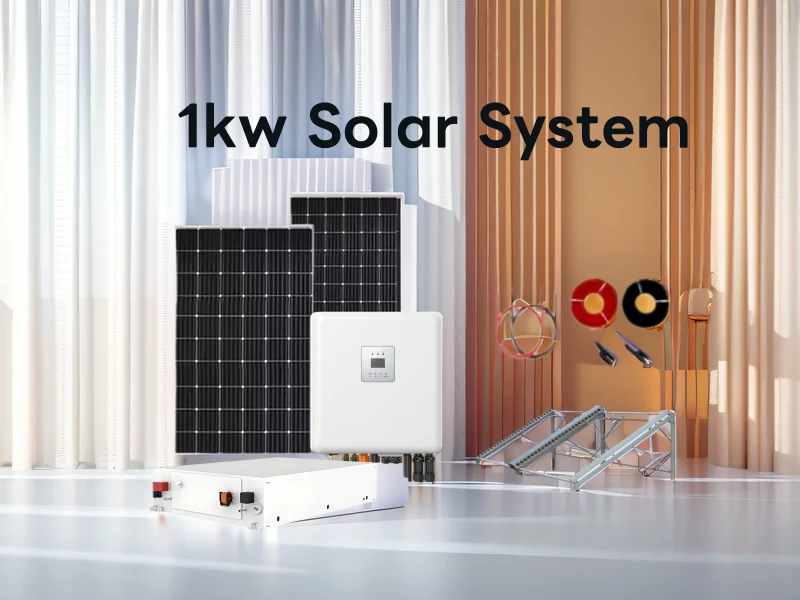How much does a 5 kW solar system cost for a household in Pakistan (2024-2025)
The 5 kW solar installation is recommended for average medium-sized to big houses in Pakistan with actual usage of power from the grid, generally consuming between 500 and 700 units monthly. By late 2024, pricing for a full-fledged 5-kilowatt solar plant is likely to be anything between PKR 8,00,000 and PKR 1,300,000, depending upon the component quality, complexity of installation, and if batteries are included or not.
Actual Instances with Price Breakdown.
Example 1: Premium System (October 2024)
A whole sum of PKR1.25 million
Main components Count: 13 JinkoSolar panels of 385W costing PKR 455,000. A 5kW Growatt inverter cost PKR 280,000. Four 200Ah Lithium Batteries both cost around 390,000: Mounting structure and accessory cost about 45,000 in installation and labor cost PKR 80,000
Example 2: Medium System September 2024
Total cost: PKR 950,000.
Main components:
14 Canadian Solar panels of 370 W costing about PKR 420,000.
A 5 kW inverter costs about PKR 180,000.
Four 150 Ah Gel Batteries costs around PKR 260,000.
Mounting structure and accessories for PKR 40,000. Installation and labor for PKR 50,000.
Example 3: Budget Grid-Tied System (Without Batteries)
AlloT leaving aside PKR 820,000.
Main Components: 14 360 watts JA Solar Panels for PKR 410,000. A 5-kw Solis Grid-Tied Inverter for PKR 320,000. Mounting structure and accessories for PKR 40,000. Installation and labor for PKR 50,000.
Step-by-step guide to buying a 5-kW solar system
Step 1: Calculate Energy Requirement
Review the electricity bills for the past 6-12 months.
Factor in any future power draws from appliance installation.
Step 2: Choose System Type
Grid-tied system: Connected to the grid (least expensive, PKR 800,000-PKR 900,000).
Hybrid: Battery backup and utility grid access (PKR 950,000-PKR 1.3 million).
Off-grid system: Fully independent with extra batteries (PKR 1.1 million-PKR 1.5 million).
Step 3: Select Components
Solar panels: Tier one products (Jinko, Canadian Solar, JA Solar, Longi) with a 25-year warranty.
Inverter: Pure sine wave inverters (Growatt, SMA, Solis, Huawei).
Batteries: Lithium batteries (top-end price but long-lasting) or gel or lead-acid.
Step 4: Select Suppliers
Obtain quotations from at least 3 suppliers.
Check the warranty and after-sales services.
Verify if the company is registered and has all the necessary tax documents.
Ask clients for references.
Step 5: Installation and Documentation
Get the roof duly checked and installed.
If grid-tied, get net metering.
Warranties and maintenance reports and testing of the system to confirm everything is going well.
Industry Context and Recent Developments
Import Duties and Taxation
As of October 2024, solar equipment in Pakistan faces:
The import tariff on solar panels is 0%, earlier 11% in 2023.
A 10% excise duty is levied on the entire solar system.
Further regulatory fees can add up to 5%-7% to the overall cost.
Development of net metering:
More than 32,000 net metering connections will exist in the country by mid-2024.
NEPRA (National Electric Power Regulatory Authority) has streamlined the application period to 15-30 days.
Today's buyback price is PKR 19.32 per kWh (as of Oct 2024).
Market trends:
Lithium battery prices fell about 15% from 2023 to 2024.
Cutthroat competition has kept system prices overall 8%-10% below last year.
Local manufacturing incentives are already reducing reliance on imports.
Financing opportunities have reduced the cost of storage options.
ROI Analysis:
For an average 5kW solar system in Pakistan:
It can generate an average of 20-22 kWh per day.
It can generate 600-660 kWh per month.
It can save 22,800-29,700 Pakistani rupees per month at the current rate of electricity (maximum electricity rate is 38-45 Pakistani rupees per unit).
Payback period: 3-5 years, depending upon the system type and consumption pattern of electricity.
Expected lifetime of the system: more than 25 years for solar panels, 8-10 years for inverters, and 5-8 years for batteries.
Common Problems and Solutions:
Problem 1: Initial cost is high
Solution:
Several banks today offer solar financing, such as:
Alfa Bank's "Alfa Green Energy Financing"
Meezan Bank's "Solar Financing"
HBO's "Green Loan"
SBP's refinancing facility has an interest rate of 6%.
Problem 2: Problem of quality
Solution:
Check if the equipment is certified according to international standards such as IEC, CE, UL, etc.
Request suppliers to provide written performance warranties.
Buy an extended warranty (might be an additional 5%-10%).
Problem 3: Problem of installation
Solution:
Select an AEDB (Alternative Energy Development Board) certified installer.
Structural inspection of the roof prior to installation for safety purposes.
Ensure proper waterproofing of the installation site to prevent leakage.
Final Recommendations
1. Urban Pakistani families prefer 5kW hybrid systems
It is most cost-effective for most urban Pakistani families to install a 5kW hybrid solar system. It is an extremely powerful system. It can be used as a power source in case of power failure, and the surplus electricity can be fed to the grid. It is really killing two birds with one stone!
2. Keep some “surplus” in your budget
As soon as you buy a solar system, it always makes sense to keep aside 10%-15% of money from your estimated budget. Why? Because at least some amount of installation charges may arise out of the blue. Keep money aside in advance so that when the time is there, you will not rush.
3. Pakistan’s market for solar systems is developing quite rapidly
At the moment, Pakistan's solar market is on fire. Installing a solar system is very cheap and is very cost-effective! Do not wait any longer, the price will not come down that much. You will save a massive amount of electricity bills in the future if you install a solar system early on.
4. Start with an expandable system so that subsequently you can add to it
You can install an expandable solar system to begin with. If you ever need to increase the level of electricity generated later, say, if you add more appliances to your home or you wish to use more electricity, it's as easy as that! Just add a few more solar panels or a few more batteries, which is very convenient.
5. Maintenance makes the system stronger and more economical
Don't underestimate maintenance! Clean solar panels and check batteries now and then, these small things will not only prolong the life of your solar system but also make your system more efficient and your return on investment greater. Essentially, it means paying a little and saving a lot of money!

